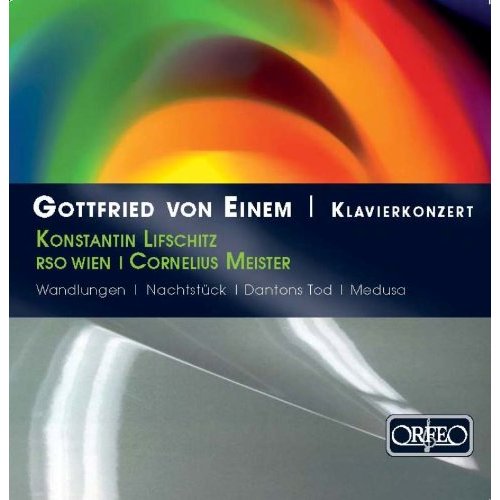 The Nordic Cool festival is heating up at the Kennedy Center, and while we will be focusing mostly on the classical music events -- the National Symphony Orchestra's program with Finnish violinist Pekka Kuusisto is this evening -- there are theater and dance events we would love to cover if there were more days in the week. One that fit into my schedule was the Wednesday performance of Henrik Ibsen's Hedda Gabler, staged by the National Theater of Norway in the Kennedy Center Eisenhower Theater. What might have been a negative for some was actually a draw for me: the chance to hear the play (well, most of it) in the original Norwegian, with a supertitle machine providing an English translation.
The Nordic Cool festival is heating up at the Kennedy Center, and while we will be focusing mostly on the classical music events -- the National Symphony Orchestra's program with Finnish violinist Pekka Kuusisto is this evening -- there are theater and dance events we would love to cover if there were more days in the week. One that fit into my schedule was the Wednesday performance of Henrik Ibsen's Hedda Gabler, staged by the National Theater of Norway in the Kennedy Center Eisenhower Theater. What might have been a negative for some was actually a draw for me: the chance to hear the play (well, most of it) in the original Norwegian, with a supertitle machine providing an English translation.Norwegian-American director Peer Perez Øian, in his updated adaptatation, has streamlined Ibsen's play, or gutted it, depending on your point of view. To get at the heart of the conflict, he has left intact only the five most important characters: gone is all mention of Jørgen's aunts (both Juliane and the never-seen invalid Rina), as well as the servant, Berta. Some of the content of Jørgen's dialogue with Juliane in the first act is contained in the most substantially altered portion of this adaptation, the introduction that situates the return of the newly married Tesmans -- Jørgen and Hedda -- from their extended honeymoon. Other than some slight altering of later lines, however -- instead of in photo albums, the honeymoon pictures were shown on a smartphone, for example -- most of the rest of the dialogue is straight from Ibsen. The only regrettable addition was the use of a turntable playing 60s tunes, with the characters dancing to it.
Peter Mark, From Oslo, a most eccentric ‘Hedda Gabler’ (Washington Post, February 28) |
When the actors were not involved in a scene, which took place on a revolving set with drops resembling parts of Oslo's National Theater itself, they were generally seated at the edges of the proscenium, observing the play. The approach made Hedda (played with an edge by K. Andrea Bræin Hovig, pictured above) -- one of the more complex women ever conceived for the stage -- even colder than she might otherwise be, beautiful, judgmental, cruel, willing to crush her husband's rival even while she is attracted to him, seemingly more than to her husband. One memorable moment came when Bræin Hovig, passing through the house, sat down on the arm of the seat directly in front of me. Perez Øian's direction added reflective moments to allow us to contemplate each degree of her betrayal, and how it leads to her own undoing, with Ejlert allowed to linger on the stage, a silent but condemning ghost.
The next major theater event in the Kennedy Center's Nordic Cool festival will feature Stockholm's Royal Dramatic Theater in the U.S. premiere of Fanny and Alexander (March 7 to 9), a stage adaptation of Ingmar Bergman's Oscar-winning feature film. Many other theater events are also on the schedule.


















